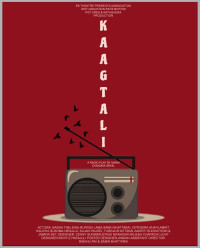Culture & Lifestyle
The great lengths Thecho residents go to make 12-year Navadurga Jatra grand
The jatra, which is observed every 12 years in Lalitpur’s Thecho and Sunakothi, is celebrated with great devotion.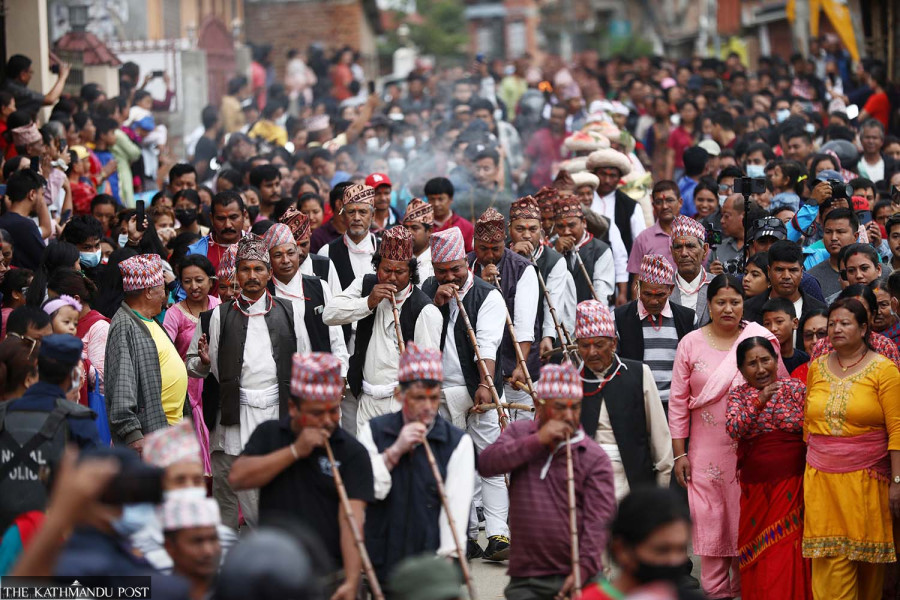
Prashant Mali
The ongoing Navadurga Bhawani Bahra Barse Jatra, which is celebrated every 12 years, has put the residents of Laitpur's Thecho and Sunakothi in a festive mood. Playing one of the most important roles in the jatra is the 54-year-old Gopal Mali, the head priest of the Navadurga Temple in Thecho. As the name suggests, the temple is the home of the goddess Navadurga Bhawani.
Until six years ago, Gopal worked as a full-time plumber at a nearby school and becoming a priest was something he had never imagined for himself. According to Navadurga Guthi's tradition, when the head priest of Navadurga Temple dies or resigns, a male family member has to assume the responsibility. But what makes Gopal's case different is that his father wasn't Navadurga Temple's priest. When the temple's former priest passed away, none of his family members showed interest in taking over the role. But he assumed the responsibility as the temple's priest after the former priest passed away and nobody from his family showed any interest in the role.

"When the post of the priest of Navadurga Temple remained vacant for months, I got worried about the impact that would have on our tradition. That's when I decided to volunteer for the role. I am now doing my part in preserving our culture," says Gopal.
Since then, Gopal's primary identity has become that of a priest, and he has made it his goal to perform his priestly duties diligently.
"Now people know me more as a priest and less as a plumber," says Gopal.
Locals of Thecho say that youngsters do not want to serve as the priest of the Navadurga Temple is because of the many responsibilities and restrictions that come with the role.
"As a priest, he has to be at the temple daily and perform puja in the mornings and aarti in the evenings. This means he cannot stay overnight anywhere else, and nor can he go abroad," says Gopal. "A priest must conduct the Navadurga dance five times a year and has a crucial role in making Navadurga Bhawani Bahra Barse Jatra a success."
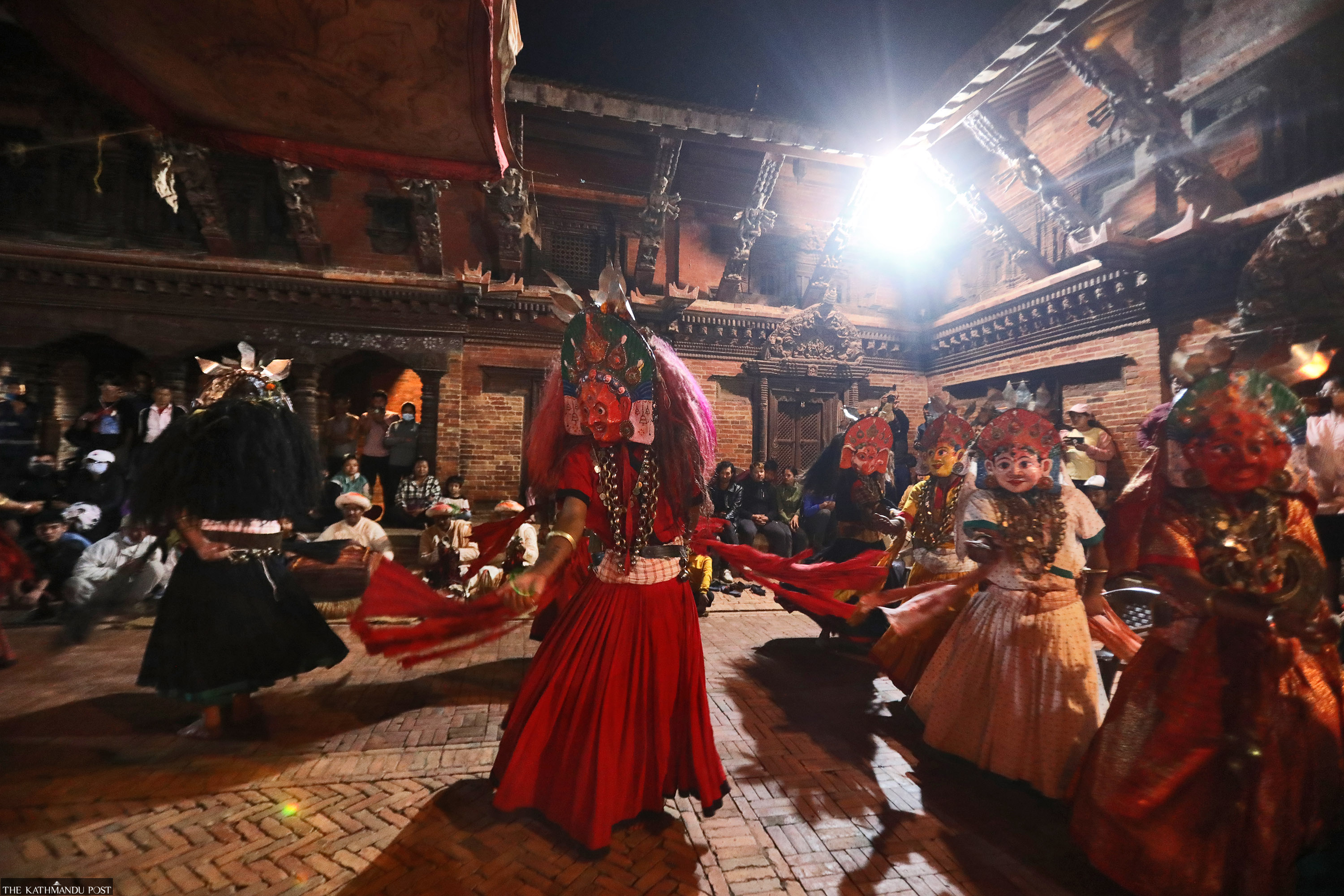
Another institution that plays an essential role in making Navadurga Bhawani Bahra Barse Jatra a success is the Navadurga Guthi. The guthi has been able to function and perform its responsibilities because of members like Jitendra Mali, the guthi's chief. The story behind how Jitendra came to be the Guthi's chief shares many similarities with Gopal's.
"When the guthi's former chief resigned, his son didn't show any interest in the role," says Jitendra. "So I volunteered for the role."
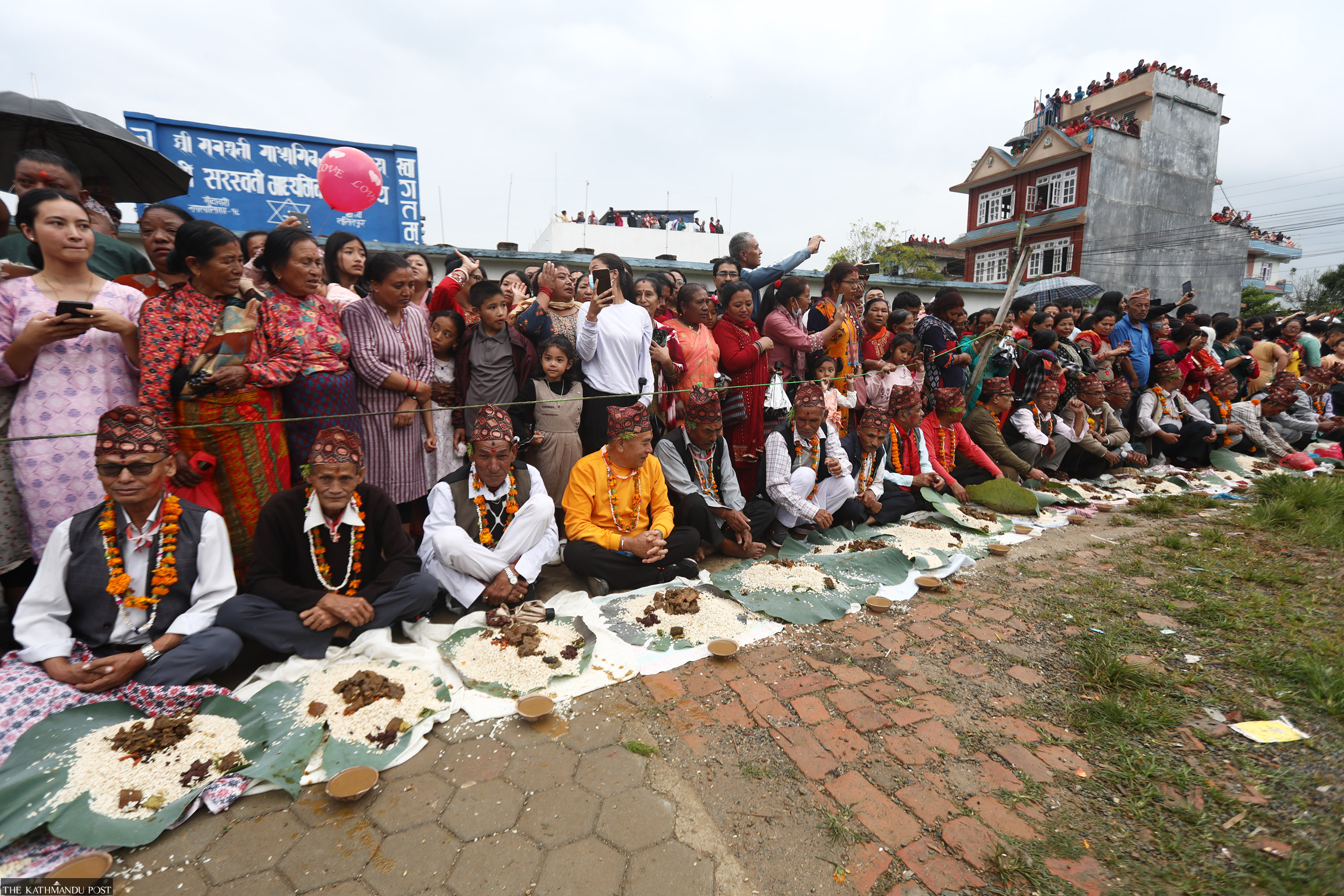
One of the oldest members of the guthi is seventy-seven-year-old Ramgovind Mali, a resident of Thecho. He has been actively working for the guthi for the last four decades. "Because many from the younger generation aren't showing interest in becoming priests or guthi members, it has become the responsibility of the elders like us to ensure that our age-old traditions related to guthis and temples continue."
It is because of the works (and in many cases, sacrifices) of people like Gopal, Jitendra, and Ramgovind that have made it possible to conduct the ongoing Navadurga Bhawani Bahra Barse Jatra.
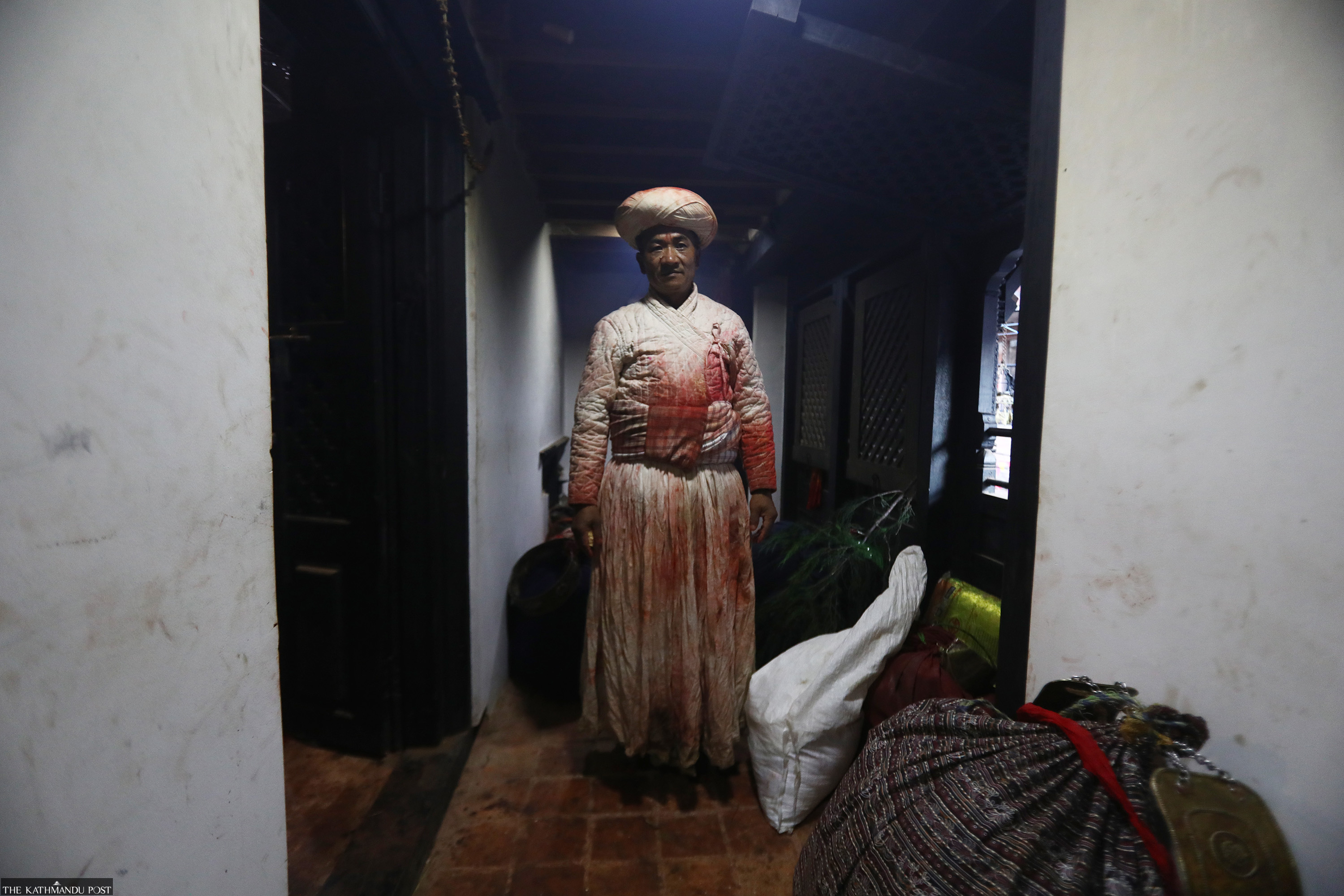
Navadurga Bhawani Bahra Barse Jatra is made up of 28 different festivals, which are celebrated throughout the year. The Deyh Bhavay (a huge feast), which is the jatra's highlight, was held on Monday. The Navadurga Guthi prepares the food for the feast.
During the feast, over 5,000 residents of Thecho and Sunakhoti gathered in Thecho and feasted together. This is a tradition that has been followed since time immemorial.
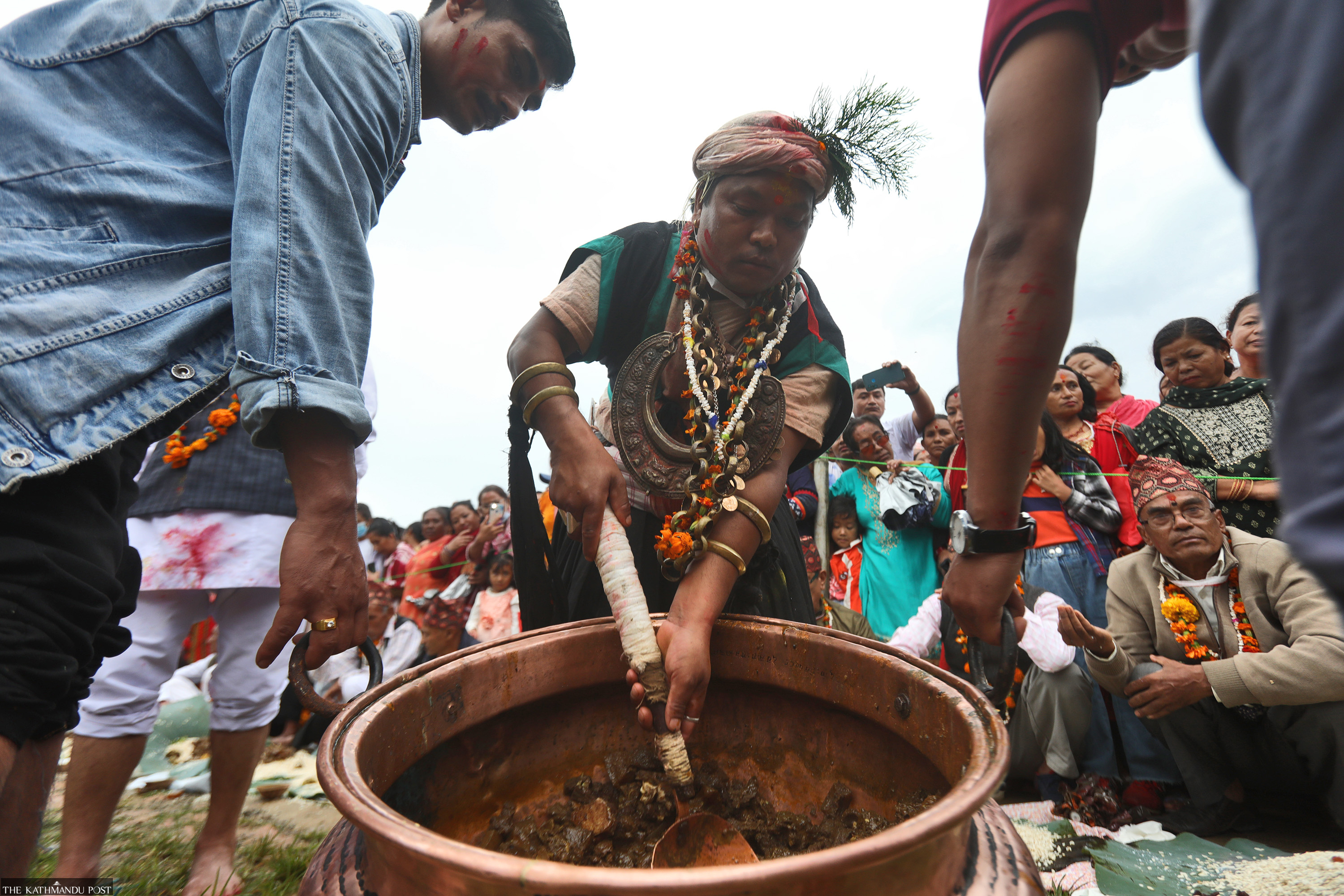
The year-long festival also sees seven different types of dance rituals. Each dance features 11 gods and goddesses.
"These dance rituals have been performed since the Lichchavi period," says Gopal.
During the jatra, residents of Sunkothi and Thecho aren't allowed to clap and use bells and whistles. They cannot sit with their legs hanging for the entire jatra. Weddings, feasts associated with death rituals, and bratabhanda are also prohibited until the Nava Durga Du Khya dance ritual is completed. Residents of the two areas are also not allowed to walk at night or receive overnight guests throughout the year. All these restrictions are lifted after the Du Khya dance ritual, which is performed at the end of the year, is completed.
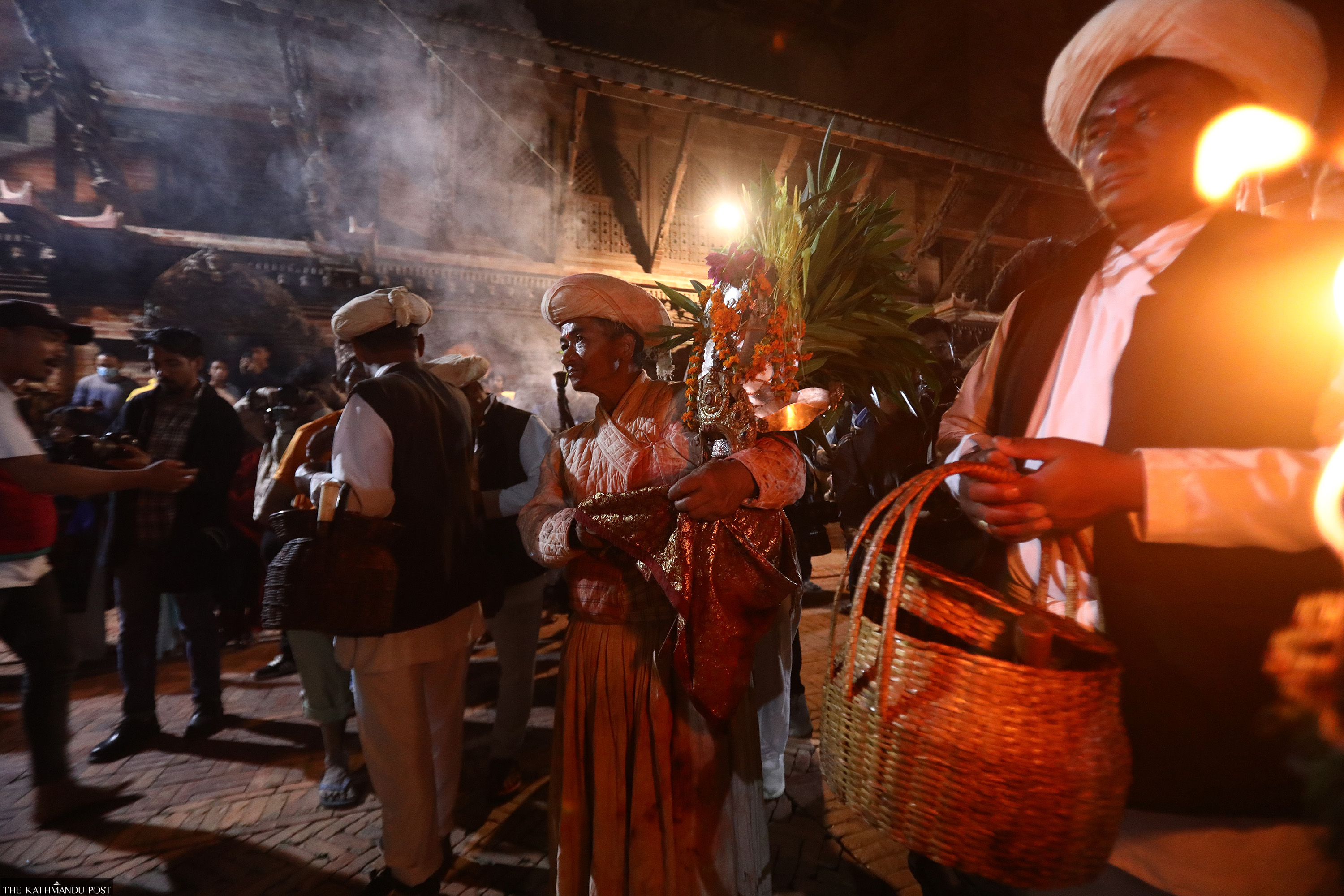




 25.92°C Kathmandu
25.92°C Kathmandu
